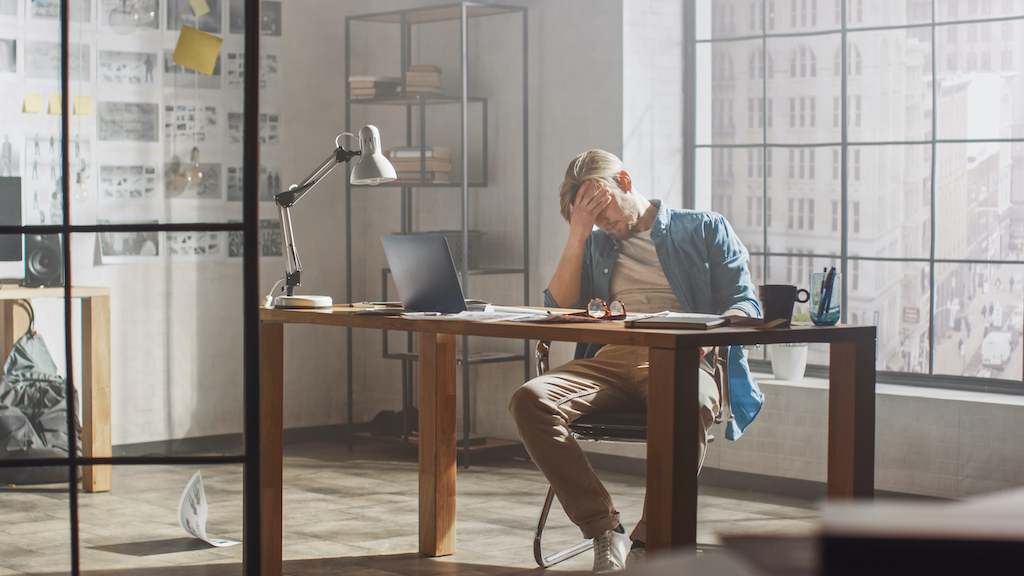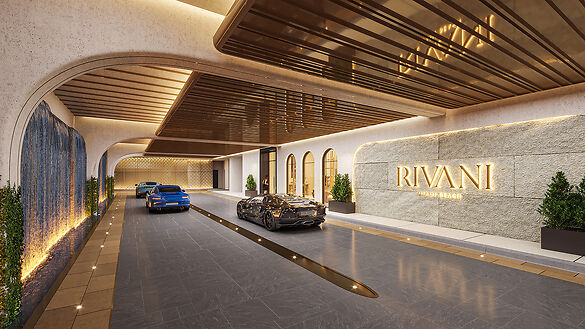Interior design is a highly subjective field, with countless possibilities for creativity and personal expression. However, there are certain no-no's that are widely recognized as major mistakes in interior design.

These faux pas can detract from the overall aesthetic and functionality of a space, making it important to avoid them at all costs. Here are some of the biggest interior design no-no's to avoid and create a beautiful, functional space that you'll love.
- Ignoring Scale and Proportion
One of the biggest mistakes in interior design is ignoring the scale and proportion of the space and the objects within it. Choosing furniture that is too big or too small for the room, or hanging artwork that is too large or too small for the wall, can throw off the balance of the space and make it feel awkward or uncomfortable. It's important to take measurements and consider the overall size and layout of the space when choosing furniture and decor.
- Overcrowding the Space
Another common mistake is overcrowding the space with too much furniture or decor. This can make the space feel cluttered and overwhelming, and can even impede movement through the room. It's important to leave enough space between furniture pieces and to choose decor that complements the overall aesthetic of the space without overwhelming it.
- Poor Lighting
Lighting is a critical component of interior design, but it's often overlooked or given insufficient attention. Poor lighting can make a space feel dingy and uninviting, while good lighting can highlight the best features of a room and create a warm and welcoming atmosphere. It's important to consider the natural lighting in the space, as well as the placement and type of artificial lighting, when designing the space.
- Ignoring Functionality
Another major mistake in interior design is ignoring the functionality of the space. A beautifully designed room is no good if it doesn't serve its intended purpose. It's important to consider the intended use of the space and to choose furniture and decor that support that use. For example, a living room that is designed for entertaining should have plenty of seating and space for socializing, while a home office should be designed with productivity in mind.
- Too Much of a Good Thing
Finally, it's important to avoid going overboard with any one element of the design. Too much of a good thing can quickly become overwhelming and detract from the overall aesthetic of the space. Whether it's a bold color, a patterned wallpaper, or a statement piece of furniture, it's important to use these elements sparingly and in moderation.





